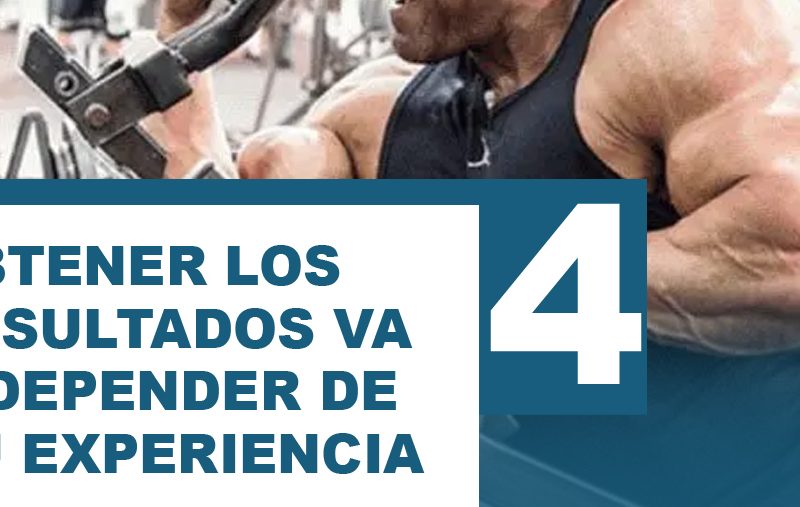Nutritionally, an athlete should take into account his diet for hypertrophy according to his level, be it amateur or professional.
The hypertrophy diet of any athlete can be programmed in various ways, generally in calories and macronutrients as a nutritional basis.
According to each objective and the design of the diet, it can be balanced or unbalanced at a certain point, but the body will adapt, the metabolism will adapt.
However, when toxins come together and macronutrient and micronutrient imbalances occur over time in a hypertrophy diet , the body feels it, and both misinformation and malpractice from the preparer begin to influence and there your diet cannot be correct.
Diet for hypertrophy : Eat more = more Muscles?
Some athletes who are guided by some magazines consume more meals during the day in an attempt to build more muscle.
According to studies that analyze, the rate of muscle protein synthesis is what makes them grow and following what is seen in the forums, they follow a frequency of 3-5 daily meals with evenly distributed protein.
Taking into account some factors, but not all, they think that eating in a certain way is optimal to stimulate the rates of muscle protein synthesis to the maximum and, therefore, muscle growth.
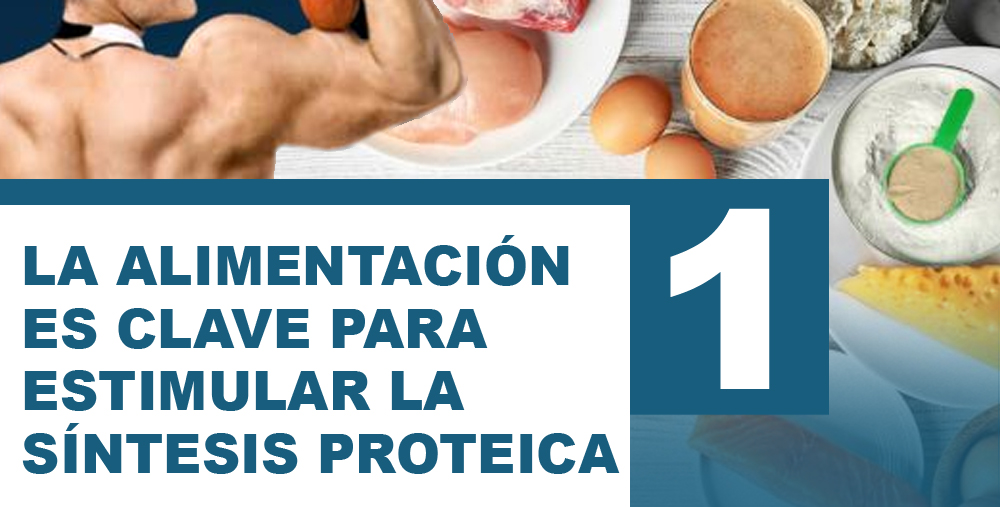
However, the amount of meals and the distribution is not the critical point, but the balance of this diet for hypertrophy, which must contain all the macronutrients and micronutrients, as well as fibers and vitamins necessary for the muscle mass you carry and the muscle activity you perform.
Diet for hypertrophy : Volume or Cut?
If you start to see things differently and as a caloric deficit and a caloric surplus stage, you could find a solution that works like the hybrid diet for example, or another that they indicate, but that is close to what you need to maintain well physically and psychologically.
A healthy hypertrophy diet has more nuances than simply alternating between periods of caloric excess and caloric deficit.
Well, to talk about a solution we have to explain a few things:
- During most hypertrophy training, the primary goal is to stimulate muscle growth.
- There are two components of muscle growth: stimulation and repair, both of which can be supported and enhanced with proper nutrition.
Stimulation occurs during training; repeated muscle contraction under significant load / resistance causes muscle fibers to be damaged if properly worked.
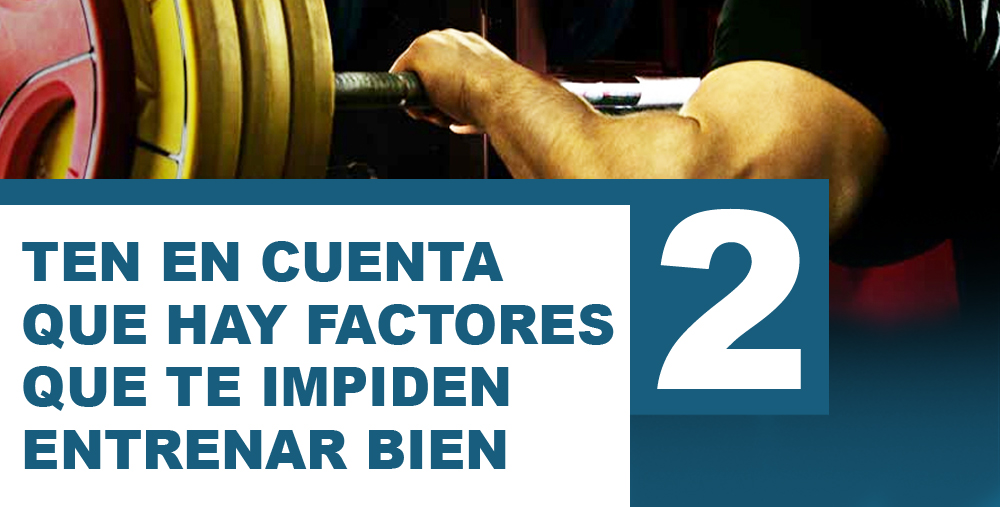
During the repair phase, the tissue heals and eventually causes muscle hypertrophy whenever an anabolic environment develops and nutrition is more than important here.
Diet for hypertrophy : amino acids and more…
Muscle repair depends on the availability of amino acids, which are the building blocks of proteins.
When you eat protein, your body breaks it down into its components, amino acids. These amino acids are reorganized and integrated into new proteins that enlarge muscle tissue.
One of the specific guidelines investigated for a hypertrophy diet includes 55 to 60% of calories for carbohydrates, 25 to 30% for protein and 15 to 20% for fats (1).
Keep in mind that because fat contains more calories, relatively fewer foods high in fat are needed to achieve this balance.
In addition, according to the objectives that are being programmed, these percentages vary according to caloric intake, which are not always related to training days and rest days, but to specific periods.
Diet for hypertrophy : macronutrients
Optimizing your macronutrient ratios depends on several factors;
- There is no single ratio of macronutrients for hypertrophy.
- It depends on several factors, including body type, gender, and physical goals.
The optimization of these macros a diet for hypertrophy depends largely on the type of body you have (2)
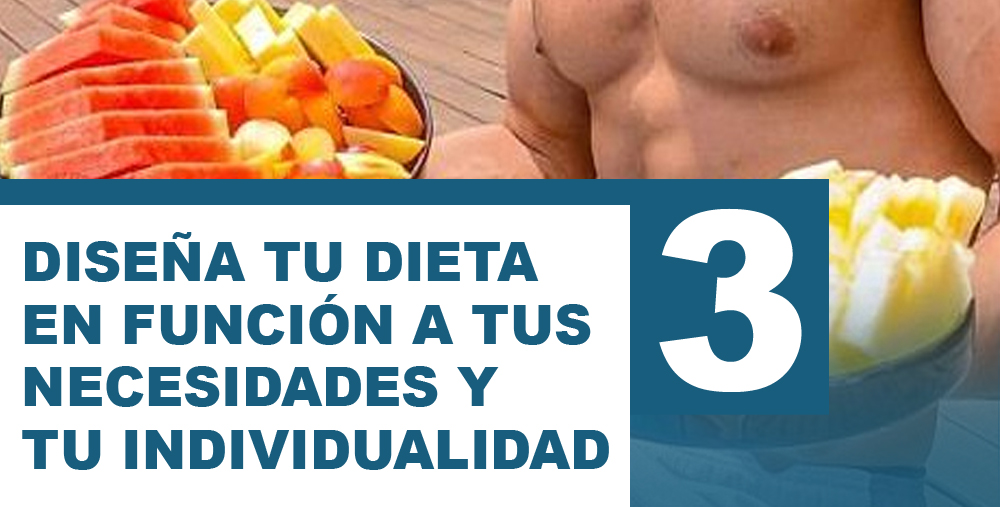
In relation to ectomorphs;
- They are naturally thin; have difficulty building quality muscle tissue.
- They have smaller joints and bones, narrow shoulders, and naturally low body fat.
- An ectomorph loses fat easily, often without trying, due to its incredibly high metabolism.
- They require a higher percentage of carbohydrates due to accelerated metabolism and difficulty gaining mass.
- By moderating protein and keeping fat low, you can optimize your diet based on hypertrophy.
In relation to mesomorphs;
- They are often referred to as the genetically gifted body type because they are naturally muscular with less body fat.
- It is characterized by broad shoulders, defined muscles and a solid bone structure, yet they accumulate fat more easily than ectomorphs.
- They can tolerate a moderate amount of carbohydrates because they can store a substantial amount of muscle glycogen. Protein and moderate fat should complete the rest of the hypertrophy diet .
In relation to endomorphs;
- They are the hardest working of the three body types because they naturally store the most fat, especially around the midsection and hips.
- It is characterized by shorter limbs, a plump complexion, and a general pear or round shape.
- They have a slower metabolism, therefore they must keep carbohydrates at bay, making proteins and fats prevail, which can be adjusted a little more to compensate for the rest of the daily calories.
But what about micronutrients?
Diet for hypertrophy : micronutrients
Since most athletes already consume a large amount of vitamins and minerals in a hypertrophy diet , we will focus on compounds that many do not consume enough.
The point is that the need for several of these nutrients is even greater for those who are extremely active, these mineral compounds are:
Well, each one has its function but we have to keep an eye on a WHOLE, on a BODY that works in unison.
Now, vitamins are organic molecules that have a variety of functions in the body, but act primarily as coenzymes, facilitating chemical reactions.
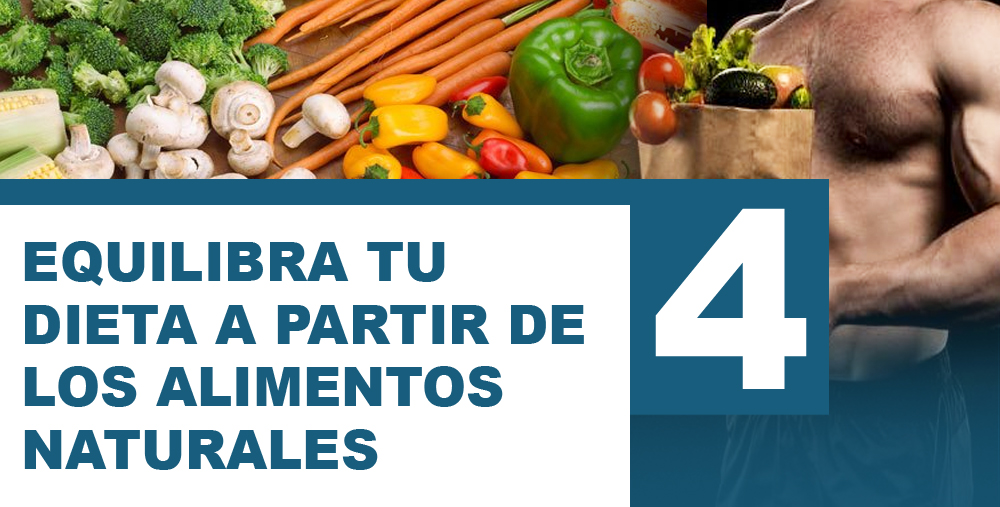
In relation to these minerals, we need them in our food for functions such as regulating body fluids and transporting oxygen.
Finally, phytonutrients are compounds found in plants and fungi that are not minerals or vitamins. About 10,000 of these chemicals have been discovered to provide a variety of health benefits, including reducing inflammation and blocking fat storage.
Fatty acids should not be missing
Both omega-6s and omega-3s perform crucial functions throughout our bodies, including: growth and development, brain function, skin health, hair growth, metabolism, reproductive health, and integrity of the cell membrane.
This is where things get tricky, however, as some omega-6 fatty acids can promote inflammation, while others may be beneficial in controlling inflammation.
Specific omega-3s, namely EPA and DHA, are great for heart health, while there is less research on ALA. The mistake would be to leave them aside in the diet, as they have different functions:
- They improve joint health: they decrease the degradation of cartilage tissue, in addition, omega-3s can slow down and reduce the inflammation associated with osteoarthritis.
- May reduce pain: especially in beginners and intermediates, reduces late-onset muscle pain (DMOS).
- They can lower the heart rate during exercise: they do this by decreasing the need for oxygen and the maximum heart rate during exercise, which allows the heart to have to work less.
Something positive and concrete; Your heart is your most important muscle, and so it makes sense to keep it as healthy as possible.
This powerful EPA and DHA duo is associated with a dose-dependent decrease in triglycerides (fat in the blood), a slight decrease in blood pressure (this association is greater in older adults with high blood pressure) and an improvement in blood circulation, which allows a better transit of nutrients.
Compression is key in a diet
For example, on a hypertrophy diet we don’t always look at the micronutrients we need.
Although you can consume vegetables and fruits as he does, with five pieces (150 g each as the WHO says), such as asparagus, zucchini, carrots, broccoli or lettuce, in addition to apples, pears or peaches, not always these objectives are reached:
- 1000 mg of calcium.
- 350-450 mg of magnesium.
- 4000 mg of potassium.
- 150 mg of iodine.
For the bodybuilder, this scenario occurs, for example: to load / unload intracellular potassium (not in blood) is needed for the muscle cell to absorb the glycogen it needs. In this case, potassium supplements, such as potassium bicarbonate, are required to get inside the cells, however, this is not efficient.
Any weighting of high doses of minerals can impact organs such as the kidney, which is impacted by putting too much potassium, so it is better to absorb minerals from whole foods.
The same happens with the other minerals in certain circumstances, be it in a diet to compete or during the hypertrophy program.
In the case of iodine, you don’t arrive with eggs, meats, dairy, yogurts or vegetables, you also have raw foods that inhibit their conversion of TSH to T3 / T4, but YOU DO NOT COME, therefore here is the key to misunderstanding and of errors on a hypertrophy diet .
Variety is vital
Both macronutrients and micronutrients are necessary in the diet; We all need to consume these nutrients to function and be healthy (3).
By consequence;
- We need to consume macronutrients to provide energy and structure to the plastic body.
- We need to consume micronutrients they are needed in smaller amounts, but they have a wide range of functions in the brain and body, from the functioning of the nervous system to immune function and bone strength.
To sum it up, organic food is the best way to go, but it’s not always possible, so doing the best you can on your budget is what matters, which becomes an interesting strategy.
The body needs nutrients from lean protein, good carbohydrates, and healthy fats for optimal fitness.
Now, when we talk about supplementation we would like you to focus on the best supplements, which are “supplements” or food supplements.

Finally, nutrient timing is the key to maximizing muscle hypertrophy, regardless of your training program.


